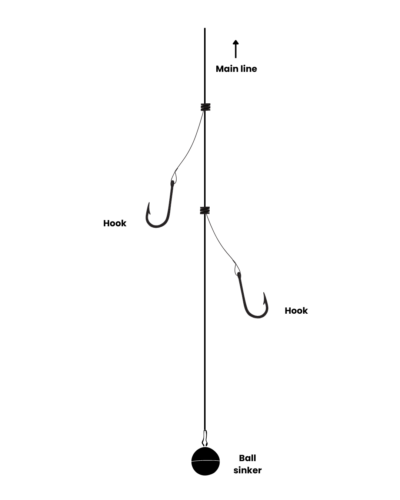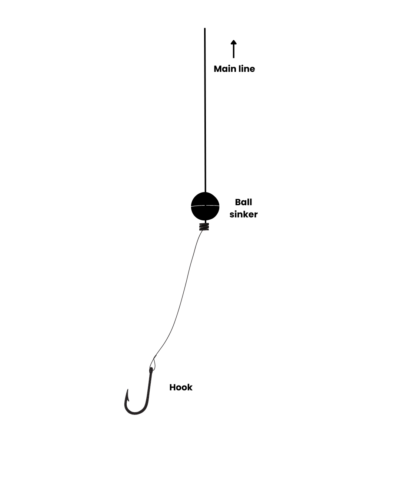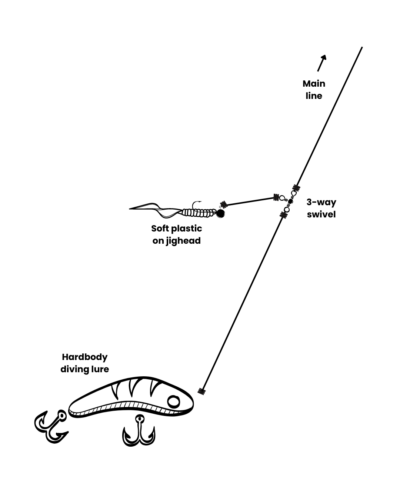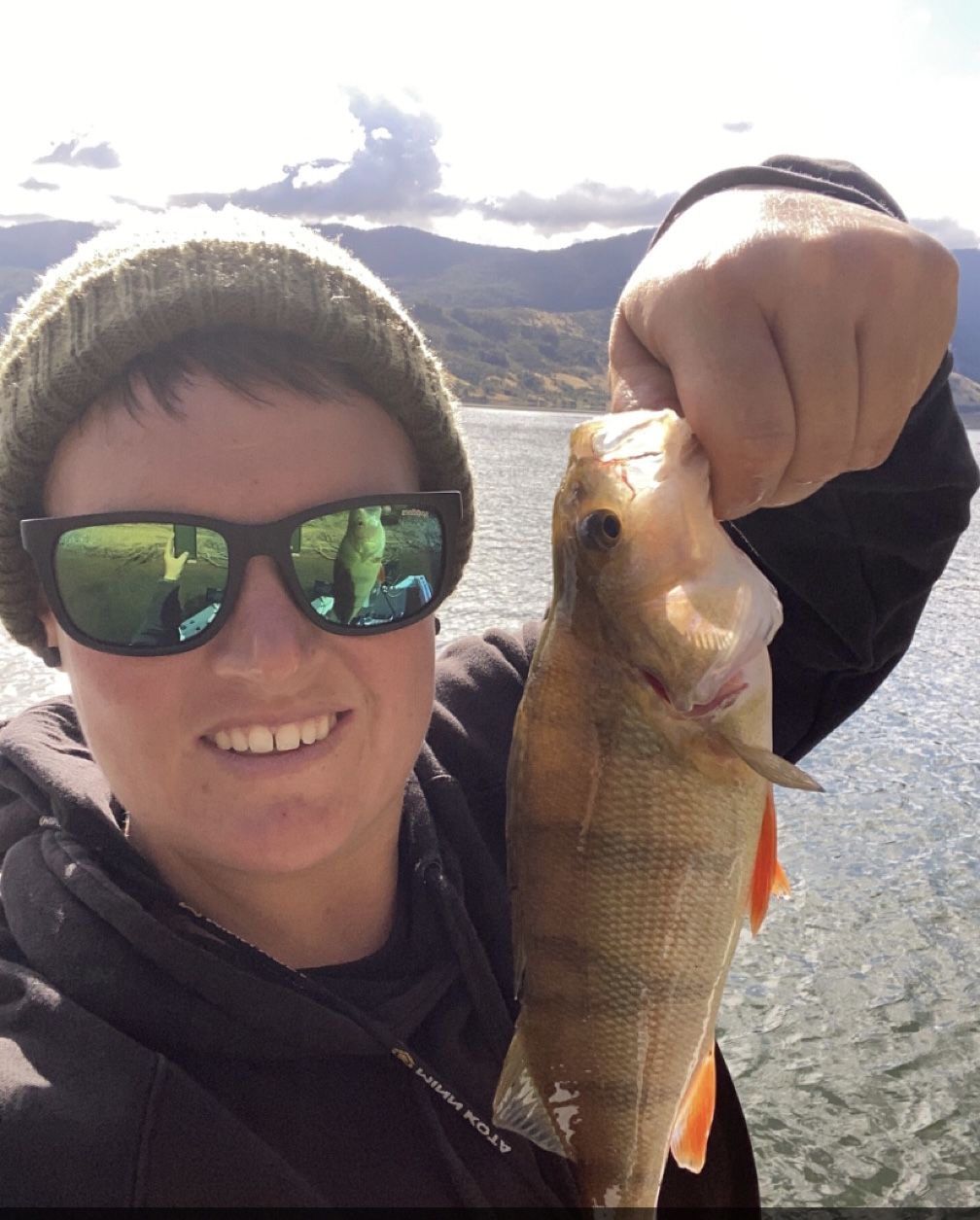Redfin or English Perch (Perca fluviatilis) are a freshwater introduced species found in rivers, impoundments and dams throughout Victoria. They are aggressive feeders and invasive breeders, making them a great target species. Redfin take bait and lures, can be fished year-round, taste fantastic and have no bag or size limit. In Victoria, anglers are encouraged not to return Redfin to the water due to their tendency to prey on native fish populations. Redfin are identified by a white belly, red tail and fins, and dark vertical stripes along their bodies. Redfin spawning occurs from late winter to early spring and bigger catches are often reported over winter.

Where to start?
Redfin are prolific in dams and slow-moving waters. If a dam or pond holds water year-round, there’s a chance Redfin will be present. In rivers and streams look for areas with little to no current or backwaters amongst the snags where Redfin look for cover. In dams and lakes, keep an eye out for weed beds, rocky ledges or standing timber to target. Redfin can be found in shallow or deep water, but most catches are recorded in the 10 – 20 feet depth range.

The set up:
Redfin are great fun to catch and can put up a good fight. A light spin rod is recommended for the most enjoyment. Either a 1-3kg or 2-4kg rod paired with a 1000-2500 size reel will suit the task. Rod length is personal preference but a 7ft rod works well for this species. In terms of line, either braid or monofilament can be used as a main line, if using braid attach a mono leader of about a rod length. Line classes between 6-10lb is ideal depending on structure. If the area you are targeting is heavy with structure or snags, aim heavier to ensure line wear from rubbing won’t cost you a fish.
Catching Redfin on bait:
If targeting Redfin on bait, a single or double paternoster rig (Image 1 below) is a great option. Either straight from your main line or attached to your line with a swivel. Choose a sinker that is just heavy enough to sit on the bottom without drifting away from the area you are targeting. Hook sizes and style depends on bait. A size 1 or 2 baitholder loaded with worms works well as does a 1/0 or 2/0 circle hook holding a shrimp or yabby. Live shrimp jigged next to a standing tree produces great results in warm weather if you are boat or kayak based. A running sinker rig (Image 2 below) can also be used and is a good option if the water has a lot of structure. A running sinker rig will snag less often.

Image 1. Paternoster rig for Redfin fishing

Image 2. Running sinker rig for Redfin fishing
Catching Redfin on lures:
Lures are a great choice for catching Redfin (my personal favorite!). Being an aggressive feeding fish, the bite is always exciting. There are many options. Looking for drop-offs, weed banks and shoals of fish on your sounder if you have one fitted. Redfin aren’t often picky but good starting colour choice as a rule of thumb is to try a light, a dark, a natural and a bright colour and see what’s working on the day. On a bright sunny day in clearer water, light is a good choice and white seems to work well. Shiny lures also work well when the sun is high and bright. Starting with a darker colour on overcast days often works better. If getting a bite is tough, try a natural or a bright to see if that will attract the fish.
There are so many options for casting lures from hard bodies used to troll, spinners, spoons, vibes and soft plastics. Where to start can be a daunting task. There are pros and cons to each lure choice.
Lure Choice:
Floating hard bodies with diving bibs can often be used in heavy timber by working them down and then pausing to allow them to float up and over a snag. The downside being the trailing treble hooks are prone to collecting weed. They are also usually light and can be hard to cast long distances.
Spinners and spoons cast well, sink into the deeper water and stay down when retrieving them, but also have treble hooks that are prone to snagging on weed and structure.
Soft plastics are a great option, they are ultra-realistic and relatively cheap. Either a grub with a curl tail or an imitation fish in lengths of 2.5-3 inches on a jig head between 1/16 oz to 1/8 oz in a size 1 or 2 hook works well. Either slowly rolled or by adding hops and pauses to the retrieve to entice a bite. Soft plastics can sometimes be hard to cast at distance depending on wind and your choice of rod and line.
Vibes are great fun and have an action you can really feel during the retrieval. Vibes are excellent when the fish are deeper and can also be jigged vertically like a live shrimp to attract fish. When rigged with assist hooks, vibes are relatively snag resistant. Vibes are easy to cast and a good option for beginners to get the feel of casting and retrieving lures.
Trolling:
Hard body diving lures are very productive trolled in water between 10-20 feet deep at a speed around 2.5-3kph. A lure that dives to 3m is a good choice. If you want to get creative, below is a diagram of trolling rig to try. Using a three-way swivel, tie a hard bodied diving lure to the bottom of the swivel. To the side of the swivel tie a shorter line with a light (1/12 or 1/16) jig-head and a small soft plastic. Attach the top of the swivel to your leader. Trolling this looks like the lure is chasing the soft plastic. When trolled through a shoal, this often produces double hook ups and has a high success rate. A diagram is shown in Image 3 below.

Image 3. Lure trolling rig for Redfin
Redfin are an excellent fish to target whether you’re an experienced angler or just starting your fishing journey. They are fun to catch and with so many options for targeting them, a good choice for a family fishing outing. Hopefully these tips point you in the right direction. The final tip is to throw in a “here fishy fishy” if all else fails!
Tight lines!
For more information, check out the VFAs Rec Fishing Guide entry on Redfin Perch here!

